California Drought Puts Desalination, Fresh Water From The Sea, In A New Light
Era of ample water supply and cheap prices is ending.
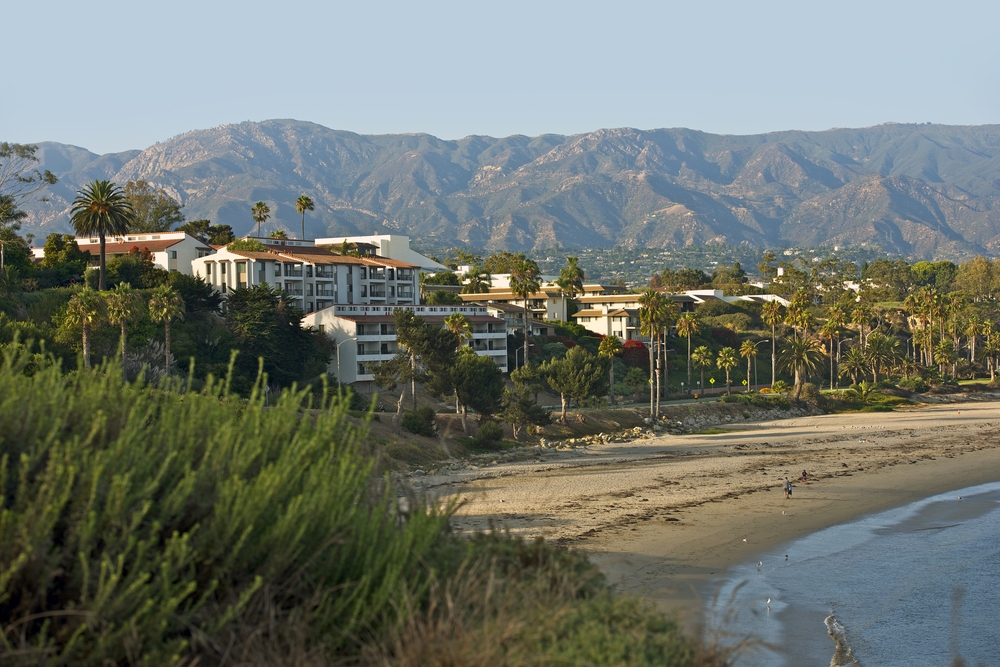
By Keith Schneider
Circle of Blue
California’s four-year-old drought is taking such potent hold of America’s most populous state that cultural and economic conventions that residents took for granted are literally drying up.
The idea, for instance, that great skiing at Squaw Valley in the Sierra Nevada range is an immutable fact of winter. It isn’t. Snow conditions were terrible this winter, and so were visitor counts to the famed resort.
Then there’s the farm sector conceit that California’s $US 46 billion agricultural economy, much of it based in the desert Central Valley, prospers without impediments to water supply. It doesn’t. Some 500,000 acres of land — six percent of the total farm acreage — were fallowed in 2014 because of the drought. California’s rice, almond, vegetable, and alfalfa producers — the largest users of fresh water — are feeling public pressure to alter production practices or significantly reduce their harvests.
Arguably the most significant cultural beacon under siege is the encompassing American attitude that water is plentiful and cheap. California’s lingering heat and water scarcity are driving municipal decisions about water supply and price that once were viewed as impractical, too expensive, and politically unachievable.
New Momentum for Old Water Treatment Process
One of those ideas — to use a half-century-old technology to scrub salt from seawater — is now gaining fresh momentum in California’s coastal cities. A new $US 1 billion desalination plant is under construction near San Diego and is scheduled to begin operations later this year. A second desalination plant in Santa Barbara, mothballed four months after it began operating in 1992, is closing in on a second act. The city council will vote in June to bring the plant back online next year at a cost of $US 40 million.
Eighteen desalination plants are under consideration by coastal cities, according to the Pacific Institute, a research group in Oakland. The town of Cambria, in San Luis Obispo County, opened a $US 9.5 million desalination plant in November, the last of 10 small plants that operate in California, according to government reports. Monterey County is considering a $US 320 million desalination plant to serve 100,000 residents of Monterey, Carmel, and other towns by 2019.

California also is helping to pay for research and pilot studies in three more communities. And California’s universities are pursuing new technology designed to make the process of cleaning up salty water more efficient and much less energy intensive.
“Desalination is an option that merits this state’s attention,” said Andrea Achilli, assistant professor of environmental resources engineering at Humboldt State University, and leader of a research project on desalination and energy efficiency. The second phase of the project, funded with a $US 660,000 state grant, shows promise to save perhaps 20 percent of the energy typically needed to perform seawater desalination. “There are still a few issues with desalination to be resolved, like intake and outfall that affect the marine environment. Otherwise it’s a very solid technology.”
Still, current desalination technology requires an average of four kilowatt-hours of electricity to produce a cubic meter (264 gallons) of drinkable water. The bottom line is that plants require considerable electrical power. The new San Diego desalination plant will need 250 million kilowatt hours of electricity annually to produce the nearly 62 million cubic meters (16 billion gallons) of drinkable water expected. That will require nearly 40 megawatts of generating capacity, which is significant.
Other Risks
Other factors under review by California’s regulatory agencies and non-profit environmental organizations are hazards to aquatic ecology from sucking seawater into desalination plants, and the consequences of returning salt-concentrated brine back into the ocean.
“The drought isn’t necessarily driving interest in desalination,” said Heather Cooley, director of the water program at the Pacific Institute. Circle of Blue is an affiliate of the Institute. “With the exception of Santa Barbara, all of these proposals have been around a long time. These projects have not moved forward due to the relatively high cost of seawater desalination and concern about environmental impacts. Utilities are looking at options to allow them to improve the reliability of their water supplies and should look at all of the options available, including conservation and efficiency, water recycling, and stormwater capture.”
In Santa Barbara, a prosperous Pacific Coast city of 90,000 north of Los Angeles, residents and businesses have cut water use nearly 25 percent in response to the formal declaration of a Stage 2 drought emergency almost a year ago. Scant moisture fell on or near the city in the months since.
Joshua Haggmark, the city’s water resource manager, said a Stage 3 declaration, the highest level of drought response, is imminent. It will provide authority to raise water rates, apply additional restrictions on use, and set the stage for the decision to reopen the Charles Meyer Desalination Plant.
Santa Barbara has already spent over $US 1 million on consultants assisting with the efforts to reactivate the plant. The city applied for a $US 40 million state loan to hire IDE Technologies of Israel, or Acciona Agua of Spain to modernize and operate the plant. “No official decision has been made but staff is preparing a recommendation for city council consideration,” said Haggmark, in an email message to Circle of Blue. “Depending on timing of contract negotiations and funding of our state loan we anticipate presenting this to council in June.”
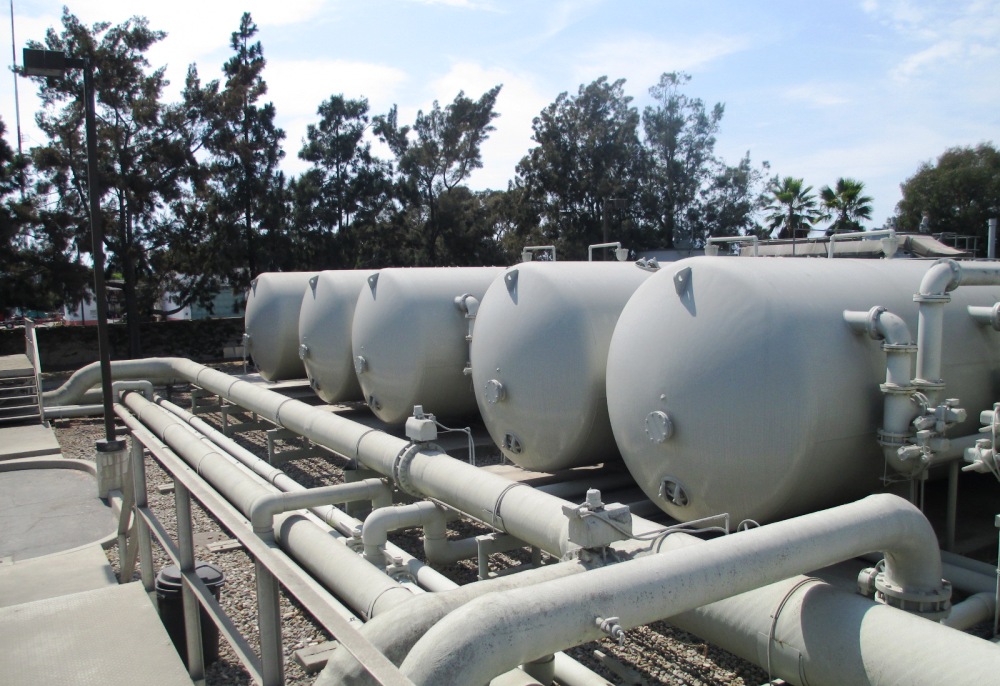
The city’s decision boils down to its assessment of the drought’s life span. When Santa Barbara authorized construction of the $US 34 million plant in the midst of the last deep drought in the late 1980s and early 1990s, building a facility capable of producing 3,125 acre-feet of fresh water (1 billion gallons) annually seemed far-sighted. It was capable of satisfying a third of the city’s water demand. But quenching rains resumed in 1992, the year the plant started, and city officials shut it down after just four months of operation.
The same circumstance occurred in Australia during the Millennium Drought earlier this century. Victoria built a $AUS 3.5 billion desalination plant, and Southeast Queensland built a $AUS 2.5 billion recycled water network. Rains resumed. Today neither is producing water, and the recycled water network won’t be needed for at least 15 years.
Santa Barbara considers itself at the head of the municipal pack in securing its freshwater reserves. Since the late 1980s it has recycled wastewater. The city is nearing completion of an upgraded recycled water treatment plant at a cost of $US 11 million, which will produce 1,400 acre-feet of water annually (456.2 million gallons) for watering schools, parks, and golf courses.
Dry Era Changes A Lot
Though forecasts from the National Oceanic and Atmospheric Administration and state meteorological agencies are not consistent, the consensus scientific view is that dry conditions look to be the new norm in California and much of the West.
Also helping city leaders make their decision is the popular view in Santa Barbara that because the city’s reservoirs are emptying and groundwater reserves are retreating, a reliable source of water is needed to safeguard lifestyles and property values. City Council discussions about the plant startup have been sparsely attended. Residents and property owners are either in agreement or resigned to the water price increases that would come with restarting the plant.
In effect, the era of low-cost water looks to be nearing its end in Santa Barbara. On April 7, the city established a new schedule for water pricing that increased average monthly water bills by 38 percent to 47 percent, depending on levels of consumption. Low water users will see bills rise by $US 12.95 on average per month while bills for high-volume users will increase by $US 120.79. The new rates take effect on July 1.
“The city has an aggressive inclined rate structure so it really depends on your water usage,” said Haggmark, referring to rates that increase as more water is used. “The rates were adopted on April 7 and cover the costs of desal plant reactivation and operation along with other drought expenses. Low users would see up to a $13 per month increase. Average users would see up to a $30 per month increase. For low users about $9 per month is attributable to desal. For the average user about $20 per month is attributable to desal.”
Circle of Blue’s senior editor and chief correspondent based in Traverse City, Michigan. He has reported on the contest for energy, food, and water in the era of climate change from six continents. Contact
Keith Schneider
Leave a Reply
Want to join the discussion?Feel free to contribute!

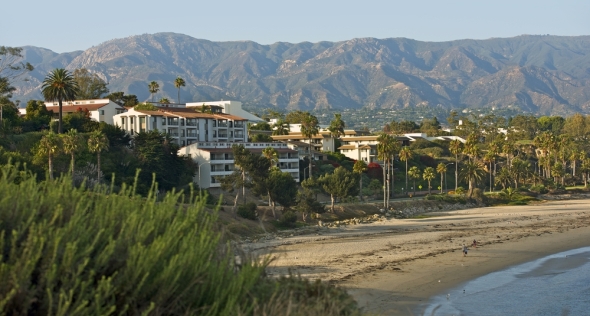

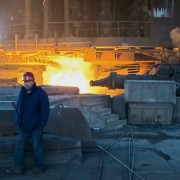
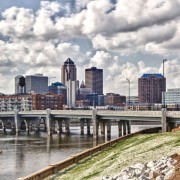


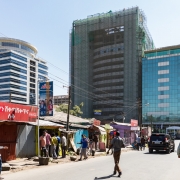





I heard a piece on NPR a couple weeks ago about Santa Barbara re-commissioning its long-mothballed desal plant, in which it was stated that the brine is mixed with wastewater and dumped into the ocean. THEY ARE DUMPING FRESH WATER INTO THE OCEAN! If they’re looking for less expensive and less environmentally problematic water, they can start by rethinking their basic infrastructure model, and start treating and reusing that “waste” water close to where it’s generated. That is the “decentralized concept”. You can read all about it on my website at http://www.venhuizen-ww.com and my blog at http://www.waterblogue.com.
This problem is so California. They want to live the good life but complain about what it takes to make it so. Maybe they should stop trying to turn the desert into an oasis and move to a place where nature is more compatible with the needs of people.
Many parts of the mid east rely heavily on water desalination. They have no other realistic option. It does cost more to use desalination then importing water, but like the mid east, it looks like California will soon not have much of a choice. Expensive water is a much better option then no water.
Heather Cooley’s point is an important one. ” Utilities are looking at options to allow them to improve the reliability of their water supplies and should look at all of the options available, including conservation and efficiency, water recycling, and storm water capture.” Focusing resources on augmenting supply is not a bad idea, but that has been done many times before,… and here we are.
Without also making genuine improvements to the water waste and inefficiencies built into codes/ordinance, HOA rules, water laws, pricing structures, outdated storage and conveyance systems, irrigated agriculture, energy production, local growth/development priorities, etc., any additional supply will simply be gobbled up to meet demand.
My writing has highlighted the Nation’s regionally uneven water resource challenges and what to do about it. If it were up to me, the Nation would be moving towards regionally mandatory water use efficiency, and clearly defining the roles at multiple levels of governance to get there.